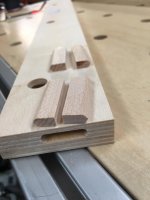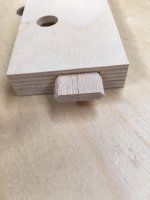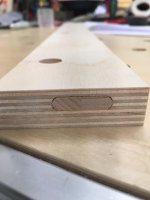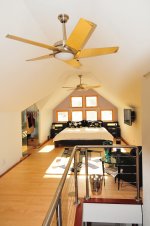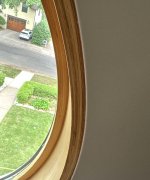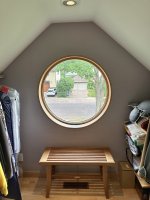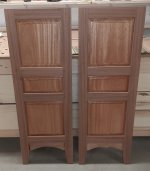Steve1
Member
I am seeing a lot of affection for epoxy.
I'm going to give it a try.
I don't normally use epoxy for glue ups, but I have been challenged many times trying to assemble a larger glue-up within the pot life of PVA glue, so having an additional adhesive in my proven toolbag would be helpful.
A little while back, I used epoxy on a dovetailed drawer. The dovetails were a rather tight, and when I applied PVA glue to the first drawer, they swelled up and I was literally pounding them with a hammer, very hard, to assemble them. Second drawer I glued with epoxy and it went much better. Notwithstanding that I was using a low viscosity penetrating epoxy (that's all I had at the time), I masked the edges and don't recall it having any adverse effect on finishing.
I will use Wast Systems 206 hardener, for the longer pot life. I am a not a pro, so the longer clamp time is irrelevent.
I'm going to give it a try.
I don't normally use epoxy for glue ups, but I have been challenged many times trying to assemble a larger glue-up within the pot life of PVA glue, so having an additional adhesive in my proven toolbag would be helpful.
A little while back, I used epoxy on a dovetailed drawer. The dovetails were a rather tight, and when I applied PVA glue to the first drawer, they swelled up and I was literally pounding them with a hammer, very hard, to assemble them. Second drawer I glued with epoxy and it went much better. Notwithstanding that I was using a low viscosity penetrating epoxy (that's all I had at the time), I masked the edges and don't recall it having any adverse effect on finishing.
I will use Wast Systems 206 hardener, for the longer pot life. I am a not a pro, so the longer clamp time is irrelevent.

